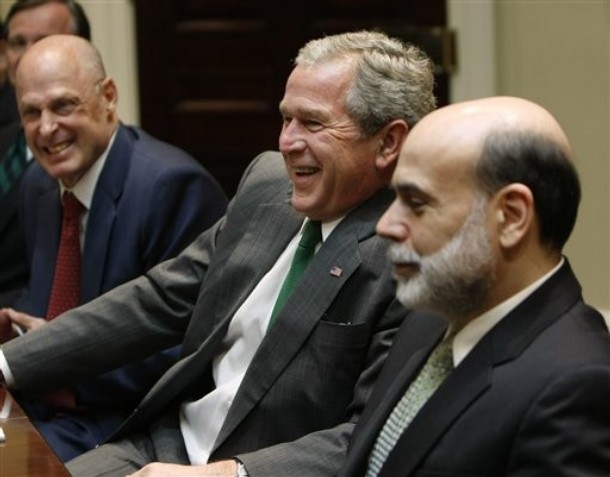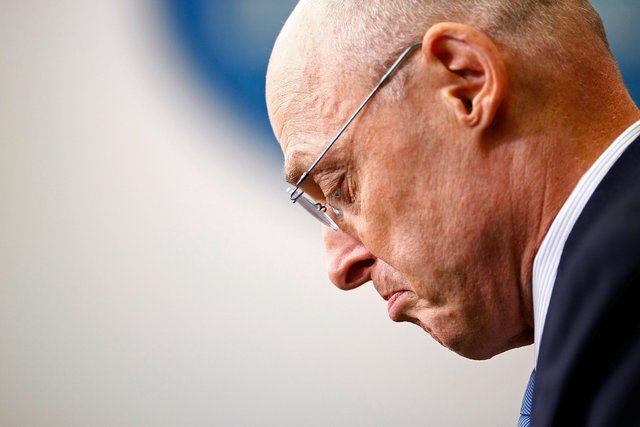
Editor's Note: A republish from last Fall for readers who missed it the first time around. It's now been two years and taxpayers are still waiting for dividends on our remaining $49 billion invested in AIG. Meanwhile, the Federal Reserve is having NO TROUBLE collecting on its loan. In fact, as you will read, the bailout was STRUCTURED that way from the beginning - All to assure the Fed was paid back FIRST.
##
Reprinted with permission.
If there is one bailout where the U.S. Treasury should be uncompromising in protecting taxpayer interests, it is the rescue of American International Group.
Yet, nearly two years after its near-collapse, AIG has yet to pay any cash dividends to the Treasury on the $49 billion of public money it still has invested in the company.
That fact is a jarring reminder of the big compromises the government made in shoring up AIG—and the potential conflicts the Treasury still has to navigate as it tries to exit the company.
AIG is making payments on the government support provided by the Federal Reserve. In fact, the bailout was deliberately structured so the Fed effectively gets paid ahead of the Treasury. Even so, few would have expected that, for this long, AIG would be paying employees, creditors and policyholders, but not compensating taxpayers on nearly $50 billion of their money.
One of the reasons is that the government believed AIG would struggle to find the cash to pay the 10% dividend rate on its preferred shares. That is why, in April 2009, the Treasury swapped $40 billion of AIG preferred shares for new, more lenient preferreds. Unlike the first set, which left the company on the hook for any unpaid dividends into the future, the new preferreds don't.
In foregoing cash payments on the preferreds, the Treasury has effectively placed its hopes on getting paid back later through funds raised via a common-stock offering. In theory, once the Fed has been repaid and AIG restructured, private investors should be more willing to buy the company's shares.
The government could convert its preferreds into common stock that it could then sell in the market, a strategy it has taken with Citigroup. But there is one difference: Citi made its payments of over $2 billion in cash dividends on Treasury preferreds before they were either repaid or swapped into common shares and other securities.
Making matters worse, the Treasury now faces a freeloader problem. Forgoing cash dividends on preferreds supports the value of AIG's common stock, and is effectively a giveaway to outside holders of those shares.
True, the Treasury also effectively owns nearly 80% of AIG's common shares, a stake it acquired during the bailout. But the remaining 20%, owned by private shareholders whose interests were never supposed to be protected by the bailout, are benefiting from the Treasury's lenience.
One way to avoid this might be for the government to decide that AIG should start paying the dividends on the $49 billion of preferreds, or at least a portion of them. True, the Treasury's existing holding of common stock might lose some of its value. But it would be getting hard cash today—and showing private common holders that there are risks to freeloading off the government.
Two years on, the taxpayer deserves nothing less.
##
